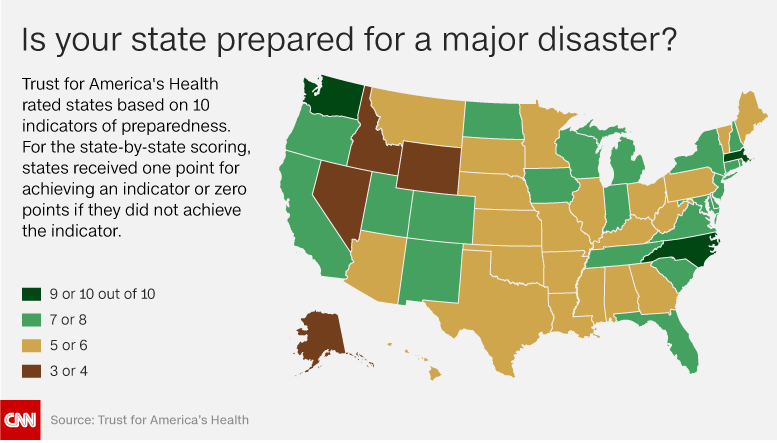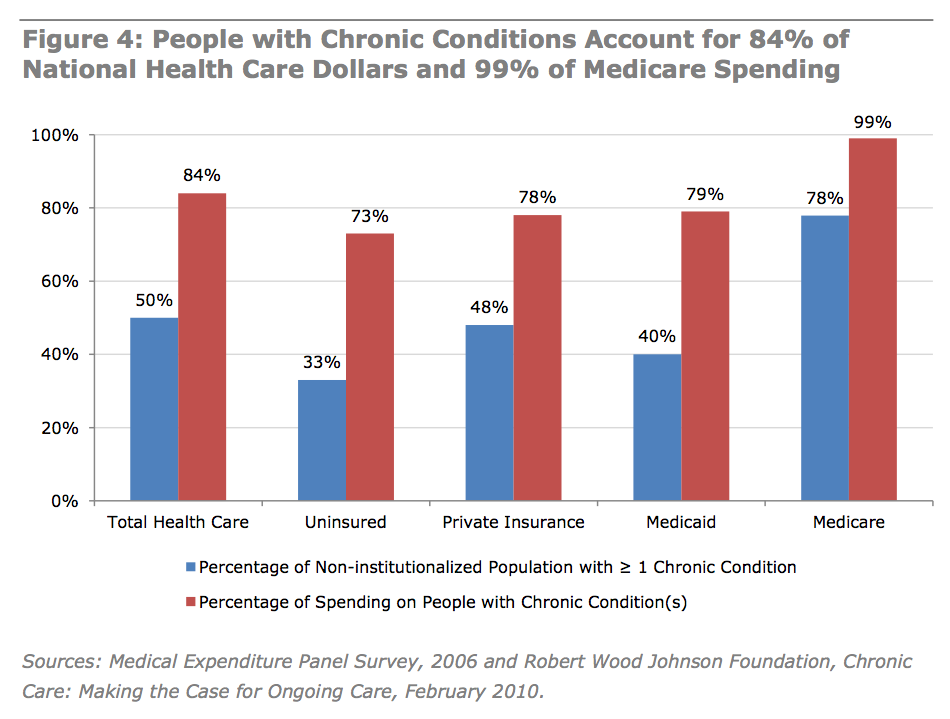Experts warn that a bumper crop of acorns could be the catalyst for an unprecedented outbreak of Lyme Disease in the United States. Dr. Andrew Heyman, Program Director of Integrative and Metabolic Medicine at George Washington University, and an expert on chronic infections and Lyme, confirms: “New Lyme cases correlate with acorn bumper crops. Not to say there IS an outbreak—but the conditions are right for one.”
According to Rick Ostfeld, a disease ecologist at the Cary Institute of Ecosystem Studies, the illness is on track to produce its worst numbers in 2017. An estimated 300,000 Americans are diagnosed with Lyme disease each year; yet the illness is a global phenomenon, and diagnoses could soon soar to historically unprecedented levels. Researchers in Poland discovered similar acorn trends last year, and are expecting 2018 to pose a high risk of Lyme disease infections.
The acorn surge indicates that mouse populations will climb, which in turn gives rise to more disease-carrying ticks. Mice population predictions are based on the acorns, and infected nymph ticks correspond with the mice numbers. One mouse alone has the potential to carry hundreds of immature ticks. The tick population is further spiking due to the country’s warmer winters and earlier springs.
The rodents’ blood contains the bacteria that causes Lyme—Borrelia burgdorferi—which is transferred to the stomach of the tick as it feeds. The bacteria can subsequently be passed on to whatever new host the tick ultimately latches onto: including humans.
There are few preventive measure to take, as there is currently no vaccine available for Lyme disease. Moreover, ticks are tiny—some as small as poppy seeds—and the flu-like symptoms that occur after being infected are often easy to misdiagnose, as some people infected with Lyme may not exhibit the telltale bulls-eye rash. The later stage is generally when people get untreated, highly problematic Lyme disease.
While a French-based biotech group Valneva has produced a new Lyme vaccine, it is currently in early human trials, and at least six years away from being publicly released.


